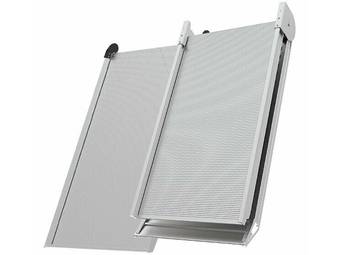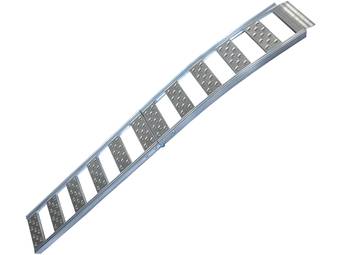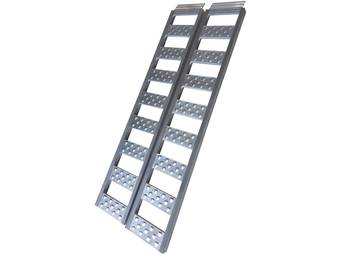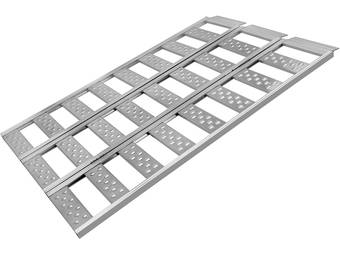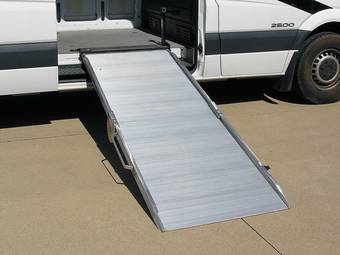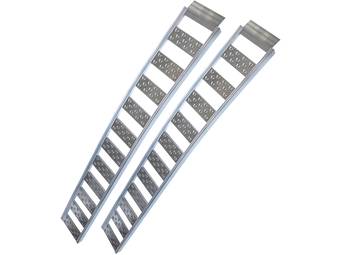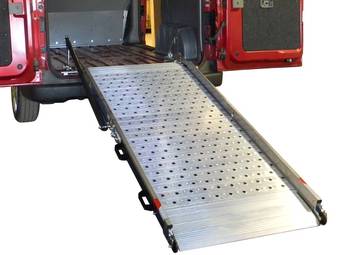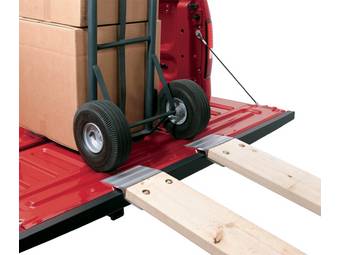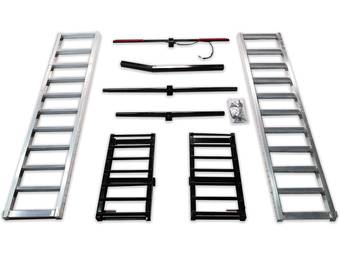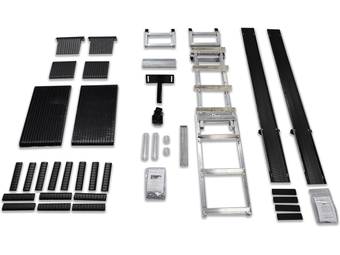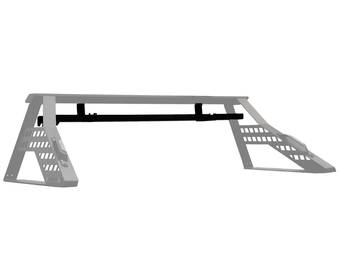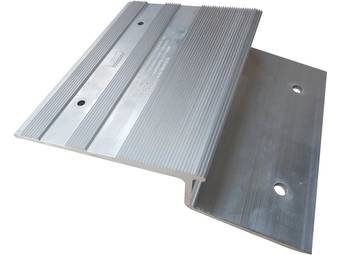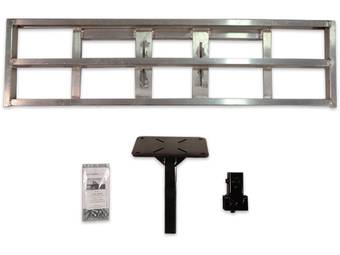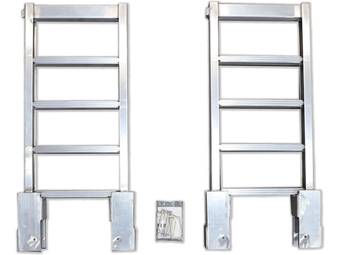Free Shipping on Orders Over $100
Freightliner Classic Loading Ramps
How to Choose the Right Loading Ramp for Your Truck
A good loading ramp can save you from loads of hassle, injuries, and damage while loading cargo into your truck’s bed or cargo van’s cabin. However, there are several ramp styles on the market with each serving a specific purpose. When making a purchase, it’s essential to know which of the basic styles best suits your needs, including two-piece ATV/UTV ramps, foldable, one-piece, arched, van-specific, and more.
Check out some of the most popular styles below, including their characteristics and intended uses.
Folding Truck Ramps
Folding truck ramps are rugged, easy to use, and highly portable. This style of loading ramp is constructed from two–three hinged segments that fold into a compact package when not in use for easy transportation and storage. Most folding truck ramps feature a heavy-duty aluminum construction that’s both lightweight and durable, withstanding everything from ATVs to riding lawn mowers and everything in between!
Arched Loading Ramps
Arched loading ramps, while featuring similar aluminum constructions to conventional straight ramps, feature a subtle curvature or “arch” along the length of the deck. This arch helps to prevent ATVs, UTVs, riding mowers, and other wheeled cargo with minimal ground clearance from bottoming out towards the top of the ramp.
Heavy-Duty Aluminum and Steel Ramps
While some loading ramps are manufactured from lighter-grade materials like wood and composites, most feature heavy-duty alloys like steel and aluminum. Alloy ramps are ideal for most applications, particularly UTVs, ATVs, dirtbikes, and other sizable cargo. One-piece van ramps are also typically constructed from aluminum, allowing them to support bulky appliances, tool carts, etc.
While aluminum and steel are both durable, it’s important to note that aluminum ramps are considerably lighter and easier to transport/maneuver than comparable steel ramps.
What Size Ramp Do I Need for My Truck?
When weighing ramp dimensions, you'll need to select a loading ramp that’s best suited for your particular vehicle and cargo; however, this choice isn’t as simple as buying a truck ramp for a pickup or a van ramp for a cargo van. Width-wise, it’s vital to purchase a ramp that’s wide enough for your cargo. For lawnmowers, ATVs, or UTVs, ensure the ramp is considerably wider than your cargo’s track width.
Regarding length, it’s important to purchase a ramp that maintains an ideal slope angle when positioned on the tailgate. Put simply: the longer the ramp, the more gradual the slope. Additionally, the taller your vehicle, the longer your ramps must be to maintain a proper angle. For example, a lifted full-size pickup should use significantly longer ramps than a stock-height mid-size.
